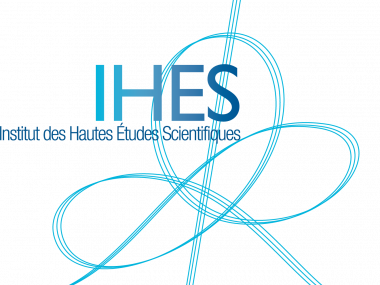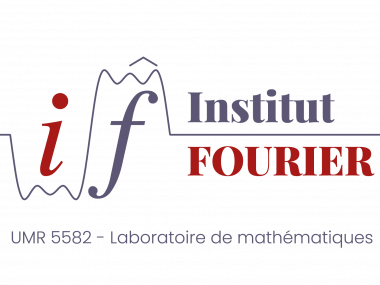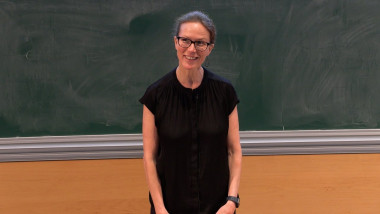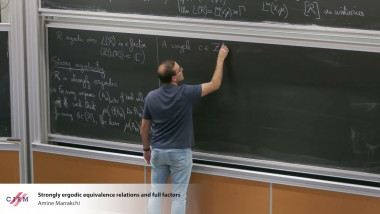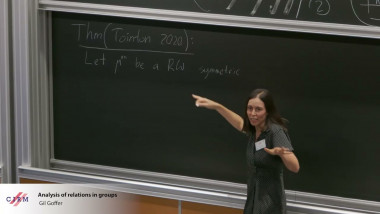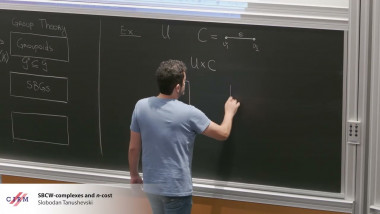Exotic maximal surface group representations into Diff(S1)
The Euler class of a surface group representation into $\mathrm{Diff}(\mathbb S^1)$ satisfies the Milnor—Wood inequality, and representations with maximal Euler class are semi-conjugated to Fuchsian representations by a theorem of Matsumoto. In higher regularity, Ghys proved a stronger rigidity theorem: for $k\geq3$, a maximal circle action by diffeomorphisms of class $\mathrm{C}^k$ is $\mathrm{C}^k$-conjugated to some Fuchsian action. In particular it is minimal, dilating, and Hölder conjugated to any Fuchsian action. I will explain that all these results fail in regularity $\mathrm{C}^1$, by associating « exotic » maximal $\mathrm{C}^1$ actions to discrete and faithful surface group representations into $\mathrm{PSL}(2,\mathbb C)$. This is based on discussions with Selim Ghazouani and Françoise Dal'bo.






